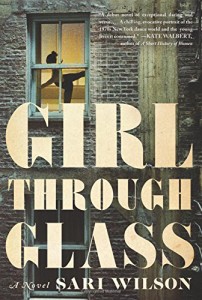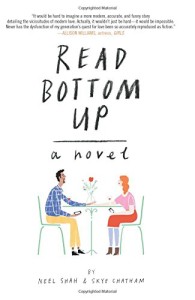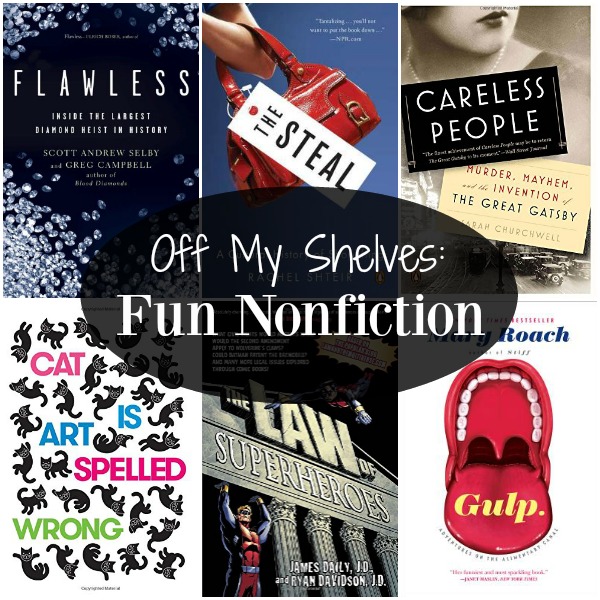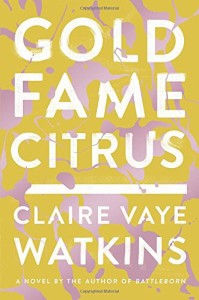One of my bookish weaknesses is fiction with creative narrative structure. I love novels in letters, novels with dual narratives or multiple narrators, really anything that plays around with structure in some way. Both of the books I want to write about today have something a little unique in the way they tell their stories.
Girl Through Glass by Sari Wilson
 Girl Through Glass is told in through one of my favorite narrative twists, dual narratives. One, set in the summer of 1977, follows 11-year-old Mira and her quest to succeed in the competitive world of New York City ballet. Mira hopes to eventually be accepted into the School of American Ballet, run by choreographer George Balanchine. She gets an assist, of sorts, from her mentor, 47-year-old Maurice DuPont, and their relationship intensifies as Mira ascends in the world of ballet. In the present, the story follows Kate, a dance professor at a university in the Midwest, who receives a letter from someone in her past she assumed was dead, setting her on a course to investigate a world she thought she left behind.
Girl Through Glass is told in through one of my favorite narrative twists, dual narratives. One, set in the summer of 1977, follows 11-year-old Mira and her quest to succeed in the competitive world of New York City ballet. Mira hopes to eventually be accepted into the School of American Ballet, run by choreographer George Balanchine. She gets an assist, of sorts, from her mentor, 47-year-old Maurice DuPont, and their relationship intensifies as Mira ascends in the world of ballet. In the present, the story follows Kate, a dance professor at a university in the Midwest, who receives a letter from someone in her past she assumed was dead, setting her on a course to investigate a world she thought she left behind.
As you might be able to tell from my description, I found one of these narrative threads much more compelling than the other – one of the risks when an author tries to follow two stories in this way. While I was curious about Kate and her investigation into her past, I thought several of her early choices in the book made absolutely no sense and I struggled to get a grip on her as a character. But Mira is drawn so very well and lives in a world that’s vivid and unfamiliar. I loved learning about the intensity of this history of American ballet, especially the influence of Russian dancers on training here in the United States. It’s clear from the beginning that Mira’s story is heading on a collision course of some kind, but I didn’t know what to expect and enjoyed reading that part very much.
Overall, I thought Girl Through Glass was an interesting novel, certainly worth reading if you have a curiosity for ballet novels, but won’t be among my favorites given the weakness of one of the narrative threads.
Read Bottom Up by Neel Shah and Skye Chatham
 Read Bottom Up is another book that uses another of my favorite formats, the epistolary novel (aka, a novel in letters). In this case, the story of a relationship is told through e-mails and text messages between the potentially doomed lovebirds – Madeline and Elliot – and their best friends, Emily and David. The quirkiest marketing gimmick of the novel is that the authors, Neel Shah and Skye Chatham (a pen name for essayist Sloan Crosley), wrote the novel by exchanging emails in real time, blind to the side conversations their characters were having with each other.
Read Bottom Up is another book that uses another of my favorite formats, the epistolary novel (aka, a novel in letters). In this case, the story of a relationship is told through e-mails and text messages between the potentially doomed lovebirds – Madeline and Elliot – and their best friends, Emily and David. The quirkiest marketing gimmick of the novel is that the authors, Neel Shah and Skye Chatham (a pen name for essayist Sloan Crosley), wrote the novel by exchanging emails in real time, blind to the side conversations their characters were having with each other.
I call that last part a gimmick because, to be honest, it’s hard to really see how that conceit played out as the story was being written other than, perhaps, helping to make the exchanges between Madeline and Elliot feel more authentic. The women, written by Chatham, and the men, written by Shah, certainly have distinct voices and ways of interacting that also felt genuine to me. I thought this was an engaging little book that explores some of the quirks of any relationships in a digital age – what to share, how fast to move, and how to interpret communication in writing when it’s devoid of context. I read this book in an afternoon and while I didn’t fall in love with it, I did find it an enjoyable read.



 My final book of 2015 was
My final book of 2015 was